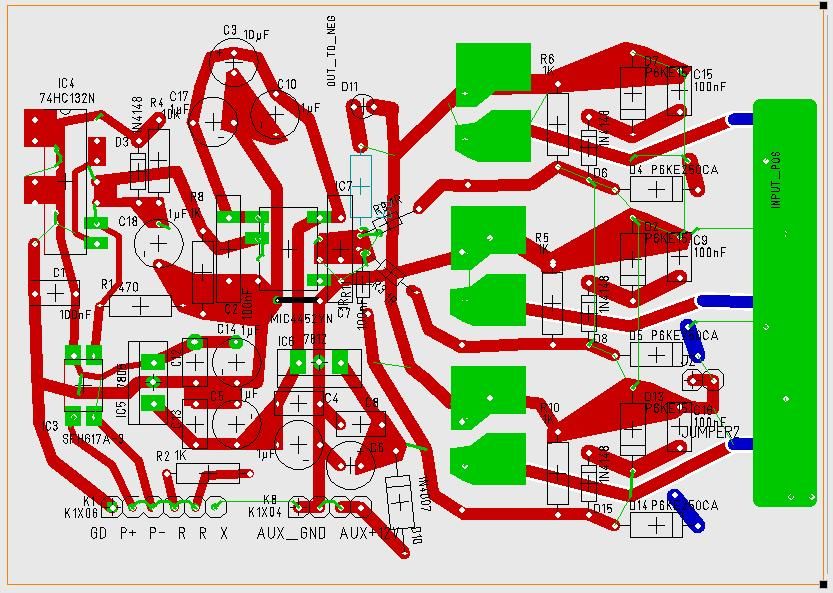John
Could it be some older russian transistors has the ability to switch current faster then documented and thus pass many amperes better then mosfets ? I wonder because I heard Kapanadze used a pair of such old transistors...
Just curious if that's an urban myth or not
Could it be some older russian transistors has the ability to switch current faster then documented and thus pass many amperes better then mosfets ? I wonder because I heard Kapanadze used a pair of such old transistors...
Just curious if that's an urban myth or not

 I was thinking about how to get the high power in and out without covering the rest of the circuit and make it easy to repair. I was also just seeing if a third fet would fit as machine was talking about. Not that I will do it but just toying with things. This circuit is also
I was thinking about how to get the high power in and out without covering the rest of the circuit and make it easy to repair. I was also just seeing if a third fet would fit as machine was talking about. Not that I will do it but just toying with things. This circuit is also 

Comment